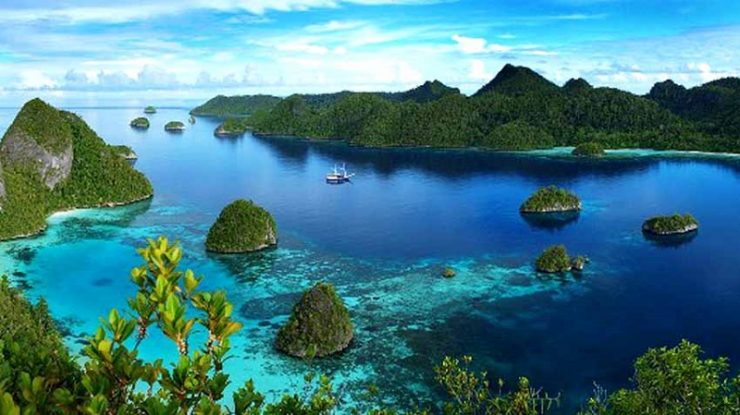DOZEN of islands in the Togean Islands region, Tojo Una-Una Regency, Central Sulawesi, which are included under the supervision of the Togean Islands National Park are used as tourist attractions to support the improvement of the regional tourism sector.
According to the Head of the Togean Islands National Park Center (BTNKT) Bustang said the islands and waters of the Togean Islands are an inseparable one included in the supervision of TNKT in both protected and production areas.
“In Togean there are around 480 islands and not all are managed for tourism activities,” said Bustang.
He explained, a number of popular islands that have been utilized as tourist destinations include Una-Una Island, Batudaka Island, Malenge Island, Walea Besar Island, Walea Islands and Kadidiri Island including Togean Island where the tourist destination offers underwater beauty and mangrove forests .
The TNKT area has an area of approximately 362,605 hectares of water consisting of 10,659 hectares of protected forest, 193 hectares of limited production forest. Meanwhile, the 11,759 hectare permanent production forest and 3,221 hectare convertible production forest.
Where the Togean Islands region is right in the middle of Tomini Bay and still has many protected marine animal species that live in waters and land.
“The Togean Islands have now been designated as a biosphere reserve by UNESCO. This condition is very beneficial for developing the tourism sector,” Bustang added.
He explained, in order to increase tourist visits, TNKT together with the local government arranged a plan for the development of objects and attractions for sustainable tourism, tourism promotion that prioritized environmental issues as rare to maintain the sustainability of natural and marine ecosystems.
“In the future we more often discuss efforts to increase synergy through forums and education about the development of Togean biosphere reserves,” he said.
On the other hand, he explained, TNKT has also conducted community economic development through the intervention of the empowerment program by providing around 1,000 mangrove crabs or “Crab Balls” to the target groups including fishing gear given to a number of groups to support the activities of fishermen in the region.
“The program supporting the development of biosphere reserves rests on three sectors, namely environmental, socio-economic and tourism,” Bustang concluded. [antaranews/photo special]
















